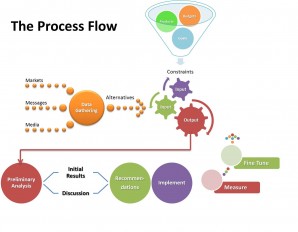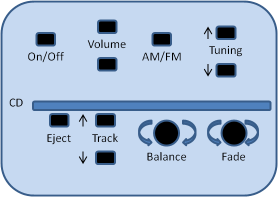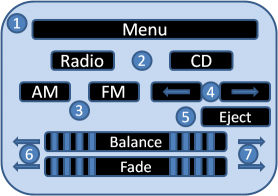 OK, the drawing is a little hard to read on this post. You can find the full sized version on my Pinterest business board, but I really want to talk about the steps in the process and not the pretty picture itself.
OK, the drawing is a little hard to read on this post. You can find the full sized version on my Pinterest business board, but I really want to talk about the steps in the process and not the pretty picture itself.
The drawing shows the seven steps in the process that I recommend when it comes to developing a marketing plan and the strategies and tactics that make up its details.
It makes the assumption — and watch out here, because assumptions can be dangerous! — that the items in the funnel are fixed. If they are not, then you’re actually in better shape than if they were. If you can play with the product, the packaging and the pricing, the promotion part may become much easier as you look at your markets, messages and media.
External data on markets, messages and media alternatives needs to be gathered and analyzed within the constraints of the business such as budgets, product and goals. The validity of the decisions made during the preliminary and subsequent decision-making processes is directly proportional to the validity of the input data.
Do not skimp on this step. Doing so means putting the results in jeopardy and potentially wasting a lot of energy, time and money with do-overs or faulty implementations.
Marketing strategies and tactics have changed with changes in technology, the economy, buyer demographics and behavior and message delivery mechanisms such as social media. But the basics still apply. You need to develop and deliver clear concise messages that will resonate with your prospects and customers so that they respond positively to your calls for action.
When the initial analysis is complete, it’s time to discuss the preliminary results. Challenge each assumption. Validate every data source. Take advantage of the expertise of everyone who can contribute to the development of a successful strategy or who may be impacted by or charged with implementing the tactics resulting from the final strategy.
- Then IMPLEMENT the agreed-upon strategy in the biggest, best and most complete way possible. DO NOT hold back or hesitate. If you believe in what you have developed, go for it!
- MEASURE the results of implementing your strategy and the effectiveness of each tactic. Because if you can’t measure you can’t improve.
- Use CONTINUOUS IMPROVEMENT methods to fine-tune your strategy over time, discarding things that don’t work and emphasizing those that do.
You will get out of a formal marketing strategy development or review/improvement effort a set of benefits commensurate with the amount of time, effort and expertise put into the strategy development process.
This post was excerpted from my Marketing Strategy Development e-Book. If you’d like a copy, please request one here and I’ll be happy to send you one. And I’d love to have your comments on the process recommended above. Don’t be shy!










